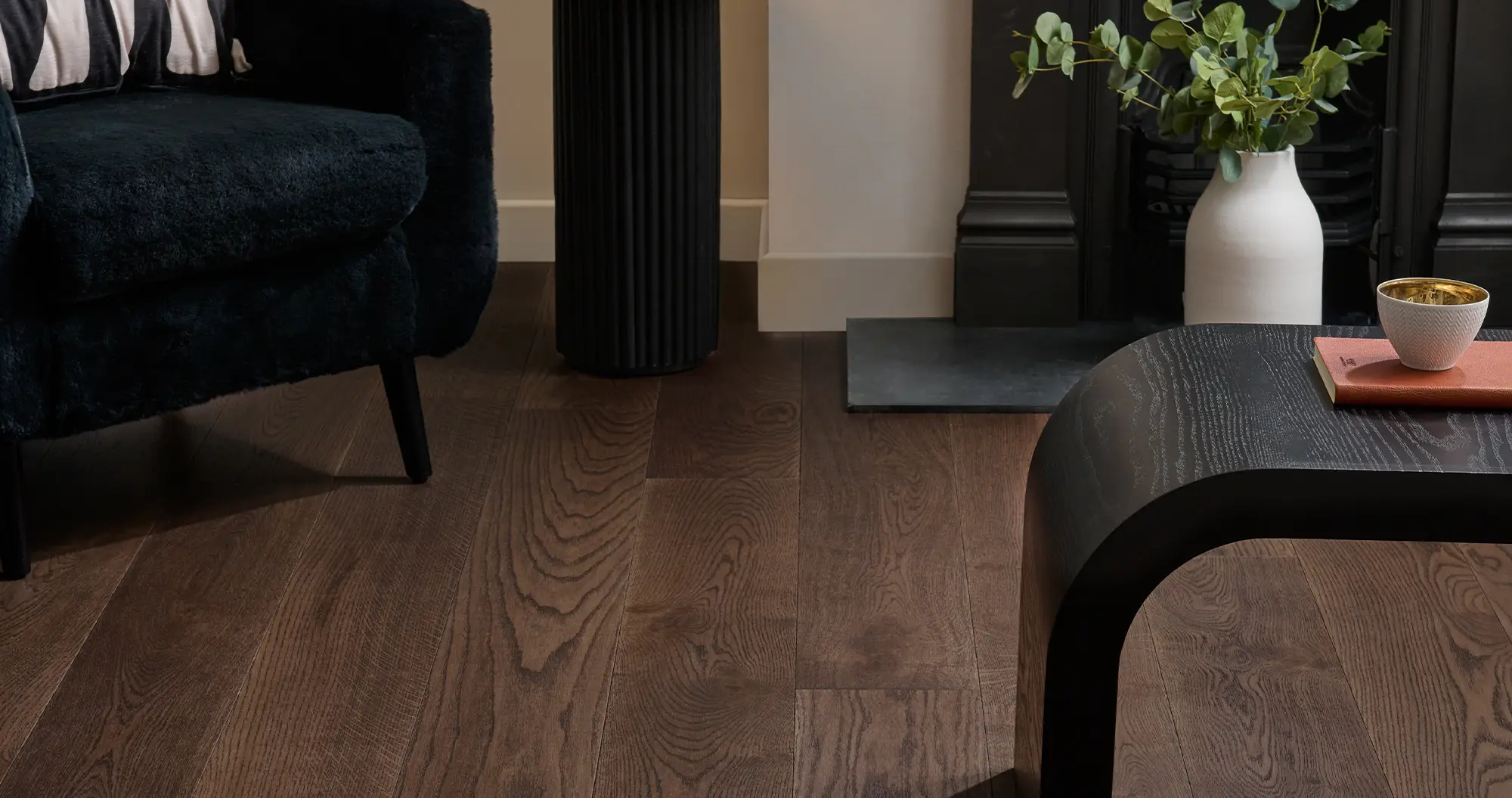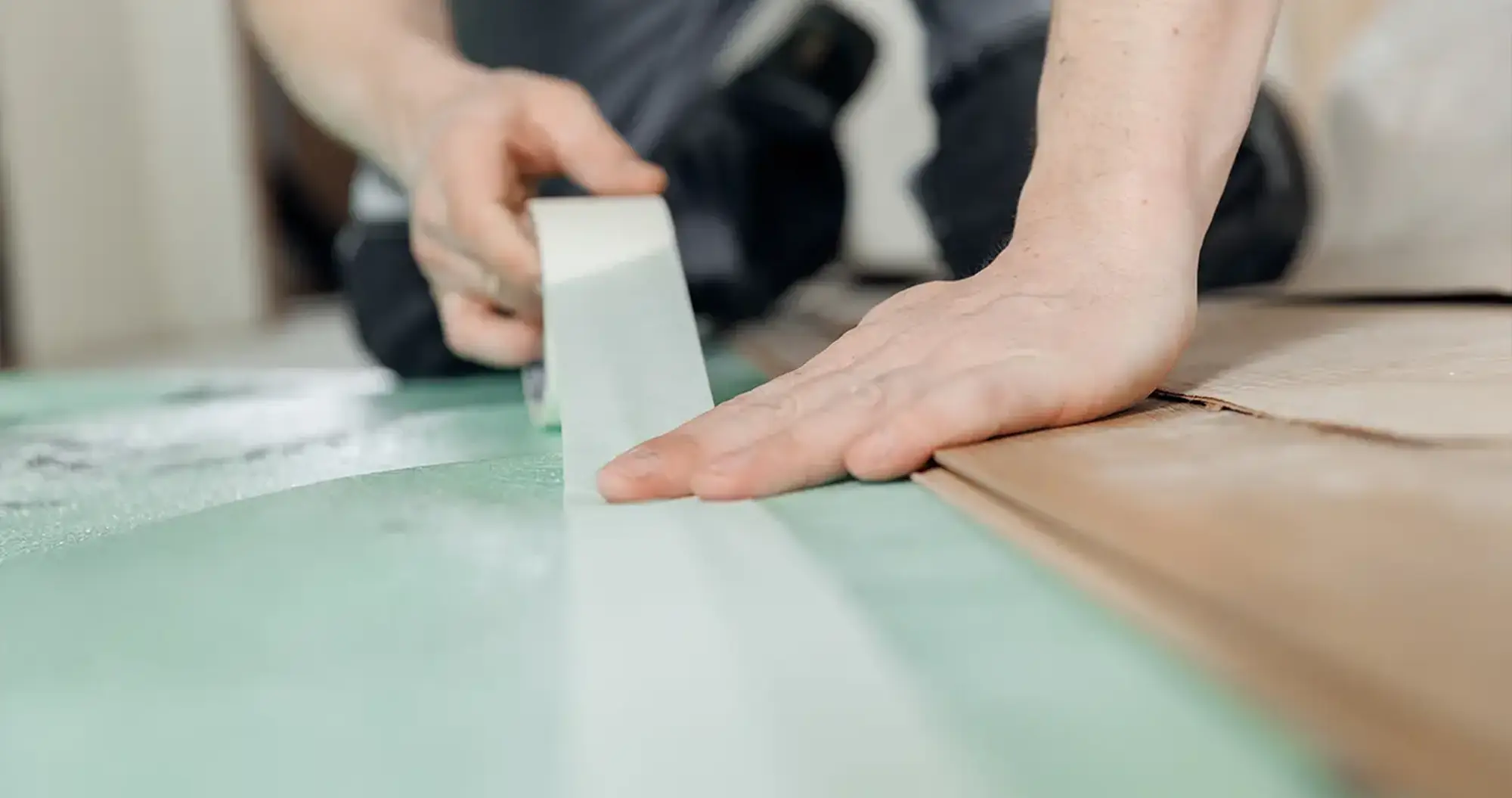How Do I Fix Squeaky Floors: The Ultimate Guide to Repairing and Preventing Floor Noise
Squeaky floors are a common issue on site as materials move, settle, or wear over time. But with the right approach, you can fix them properly and help reduce callbacks. If you’re asking how do I fix squeaky floors, this guide will take you through practical, proven steps to identify the cause, choose the right fix, and prevent it happening again.

Why Floors Squeak
Squeaks are nearly always the result of movement in the floor system. Boards can rub together as they expand and contract with seasonal humidity changes. The subfloor might not be properly secured to joists, allowing for flex. Fastenings can work loose over time, or gaps may form as materials dry and settle.
The subfloor may also be outside of flatness tolerance, allowing the floor covering to move when walked on and squeak. Identifying exactly where this movement is happening is essential. The solution depends on knowing what is moving and why.
Finding the Squeak
When you're figuring out how do I fix squeaky floors, start by finding the exact spot causing the noise. Walk slowly across the area, listening for the creak, and mark it clearly. Precision here makes sure your fix actually tackles the cause rather than just covering it up.
Fixing Squeaks from Below
If there’s access from underneath, like a basement or crawlspace, it’s often the most effective way to fix the problem at its source. Look for gaps between the subfloor and joists or spots where the subfloor flexes under pressure.
Driving short screws up from below can tighten these areas securely without disturbing the finished floor above. Space screws roughly 150-200 mm apart along the problem section and avoid over-tightening to prevent splitting the timber.
If it’s a floating floorcovering, take care the screw doesn’t enter the floor from below, as this can restrict expansion and cause more squeaks. Applying a continuous bead of construction adhesive along the joist line can also help by filling gaps and bonding to the subfloor to reduce movement.
Fixing Squeaks from Above
If you don’t have access underneath, you can still deal with squeaks from the top. Specialist squeak-repair kits allow you to drive screws through carpet or timber flooring and snap them flush, pulling the subfloor tight to the joist without leaving visible fixings. This approach isn’t suitable for floating floor coverings.
For exposed timber floors, trim head screws sunk just below the surface can secure loose boards effectively. Use matching wood filler for a clean finish. Screws hold better than nails over time and help reduce the risk of boards working loose.
For minor movement between boards, applying talcum powder, graphite, or a specialist floor lubricant into the seams can reduce friction and quiet light rubbing sounds, though it won’t address deeper structural movement.
How to Prevent Future Squeaks
- Prepare the Subfloor Properly
A clean, dry, flat, and well-secured subfloor is the most important factor in preventing squeaks. Any movement or unevenness underneath will transfer through to the finished floor. Always check moisture levels before fitting; excess moisture can cause expansion and contraction that forces joints together and leads to noise. For subfloor prep details, always refer to the specific installation instructions for your flooring.
- Use the Right Underlay
Underlay is more than just an extra layer. It directly affects how the floor performs over time. The right underlay cushions minor subfloor variations, absorbs impact sound, and helps protect the flooring over time. It can also add a layer of moisture protection where needed.
Make sure to check whether the product includes integrated underlay, such as our Stratex ranges, since you shouldn’t add extra underlay if it already has some.

- Allow for Expansion
Leaving proper expansion gaps is essential. Wood naturally expands and contracts with humidity changes. Without enough space around the perimeter and at transitions, boards press against walls or each other, creating stress points that lead to squeaks. Always check product-specific instructions for the recommended gap size.
Controlling site humidity also matters. Aim to keep indoor humidity around 40-60% to reduce seasonal movement. Ensure the site is weather-tight and in normal living conditions before installation begins. Doing these steps properly reduces movement in the floor and helps prevent noise that can lead to callbacks.
Common Mistakes
Many squeaks are caused by rushing or skipping critical steps. Installing over an uneven or damp subfloor introduces movement from day one. Using nails alone instead of screws doesn’t provide the same holding power over time. Over-tightening can split boards and weaken joints, making them prone to movement. Blocking expansion gaps stops boards moving as they should. Skipping underlay or using the wrong type reduces sound absorption and stability.
Paying attention to these details isn’t about adding unnecessary steps. It’s about doing the job right, so the floor is solid, quiet, and made to last.
Final Note
Wooden floors will always have some natural movement. But with careful planning, the right products, and proper installation, you can deliver a floor that’s solid underfoot and free of squeaks, keeping customers satisfied and reducing the chance of call-backs.
What Our Customers Say
Get In Touch



 3-Day Delivery
3-Day Delivery
 Free Delivery on Flooring
Free Delivery on Flooring
 20 Year Warranty
20 Year Warranty